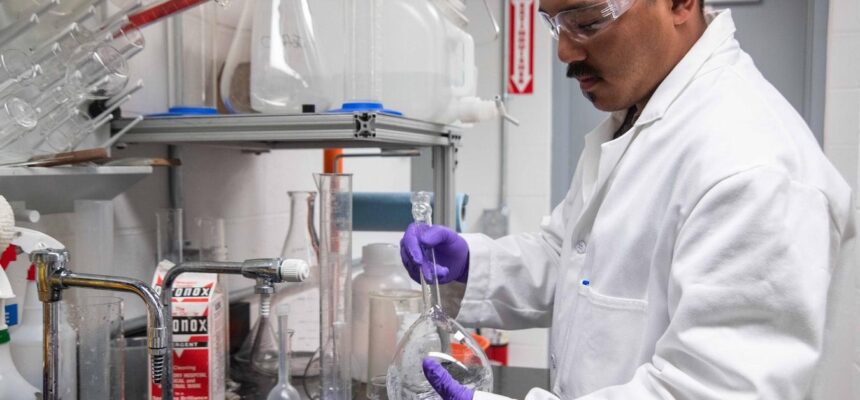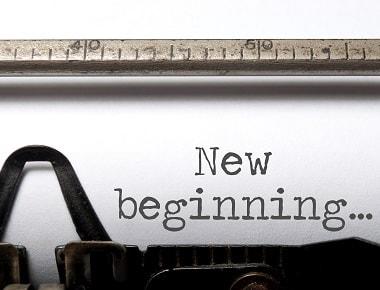
Drug Screen Protocols in the Era of Medical Marijuana
Thirty-six US states have approved comprehensive medical marijuana programs. Some states only allow the use of hemp-derived CBD (cannabidiol) with less than 0.3% THC (tetrahydrocannabinol)(1). Meanwhile, the FDA (US Food and Drug Administration) is creating a regulatory approach framework on CBD products.
Cannabis products may come in various forms, like vapes, ingestible, tinctures, and topicals. Some of these products have uses in aromatherapy and have been found to be helpful in specific conditions and symptoms.
Unfortunately, even medical marijuana use can lead to drug abuse or dependence if not administered based on a doctor’s guidance on dosing. Modern imaging techniques show that chronic drug exposure can enlarge or shrink some regions of the brain(2).
In 2017, the federal workplace mandatory guidelines for urine specimen drug testing were updated(3). Meanwhile, Congress allowed several federal executive branches to collect oral fluid specimens to be included in drug testing programs(4).
Drug Testing Protocols
A drug screening or testing manual has been released by the United States Department of Health and Human Services to follow in the workplace. It encompasses the following drug testing protocols(5):
- Only urine specimens are allowed to be collected by the federal agencies for drug testing in the workplace.
Urine specimens are considered valid if it meets the minimum amount of pH and creatinine for each sample.
- The federal agency must test the specimens for cocaine and marijuana. They may also test for amphetamines, opioids, and phencyclidine, if necessary.
- Test facilities must be HHS- certified and do initial and confirmatory tests on the specimen. Initial drug testing uses antigen and antibody binding to determine drug metabolites.
- Testing laboratories are required to secure the frozen storage of drug-positive specimens, adulterated specimens, invalid specimens, and substituted specimens. These samples are kept for at least one year after reporting.
Marijuana Drug Testing
Drug testing for marijuana determines which cannabinoids are present. THC is the primary psychoactive element, which is often evaluated in drug screening.
Intoxication from THC induces euphoria and temporarily impairs perceptual-motor skills, concentration, and learning(6).
Immunoassay tests (initial drug tests) have cross-reactivity to marijuana metabolites (THCA), and compounds (THC) excreted in the urine. At the same time, a confirmatory drug test explicitly determines and quantifies THCA in the specimen.
THCA is a non-intoxicating cannabinoid present in raw and live cannabis.
Those taking medical marijuana must be mindful of the following guidelines about marijuana testing(7):
- According to the Substance Abuse and Mental Health Services Administration (SAMHSA), marijuana use is still not accepted as a medical excuse for a positive drug test.
- However, for medications with cannabinoids, like dronabinol, the person tested should provide supporting documentation for the drug prescription.
- Synthetic cannabinoids, like nabilone, do not induce a positive in a drug test due to the absence of THCA. It is not acceptable as an excuse for a positive drug test result.
- Other cannabis-based medications approved and not yet approved by the FDA, like Sativex and Epidiolex, are not accepted as a reason for a positive drug result.
Sativex, a combination of THC and CBD, has not been approved by the FDA. This multiple sclerosis medication can trigger a positive result in drug tests due to its THC content(8).
Meanwhile, Epidiolex is a CBD-based drug approved by the FDA. This drug does not contain THC, so those who take it will not test positive for THC(9).
References
- National Conference of State Legislatures, (March 2021), State Medical Marijuana Laws, retrieved from https://www.ncsl.org/research/health/state-medical-marijuana-laws.aspx
- Fowler, J. S., Volkow, N. D., Kassed, C. A., & Chang, L. (2007). Imaging the addicted human brain. Science & practice perspectives, 3(2), 4–16. https://doi.org/10.1151/spp07324
- NIH National Institute on Drug Abuse, (n.d.), Drug Testing, retrieved from https://nida.nih.gov/drug-topics
- Ibid
- Substance Abuse and Mental Health Services Administration, (March 2018), Medical Review Officer Guidance Manual for Federal Workplace Drug Testing Programs, retrieved from https://www.samhsa.gov/sites/default/files/workplace/mro_guidance_manual_508_final_march_2018.pdf
- Ibid.
- Ibid.
- Ibid.
- Ibid.
Author’s Bio:
Fay Smith has a bachelor’s degree in English Literature. She worked in communications for five years before settling down with her husband and now she writes freelance for wellness products. As a mother and an advocate of all things natural, she tried CBD when friends recommended it for common aches and pain.








